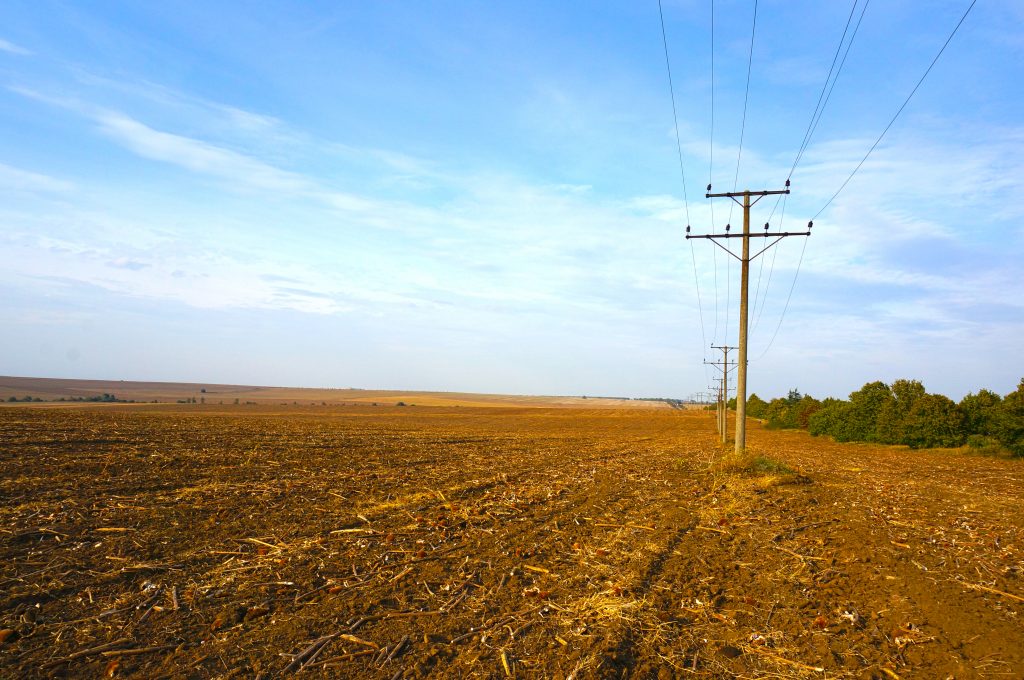IEEE Power & Energy Society Technical Report: Electric Signatures of Power Equipment Failures
February 1, 2021 Dr Grazia Todeschini

In December 2019, Dr Grazia Todeschini was on the Working Group on Power Quality Data Analytics for a technical report by the Institute of Electrical and Electronics Engineers (IEEE) Power & Energy Society. The report looks at the potential use of non-power-quality information from power quality measurements used by utility companies – in particular, equipment condition monitoring.
The report examines power equipment failures such as the arcing of a cable joint, restrike of a capacitor switch, and tree-contact by a power line. Such failures can produce unique electrical signatures that can be observed from the voltage and current waveforms associated with the equipment. Information can be extracted from the waveforms for the purpose of equipment condition monitoring. In the field of power quality, for example, power quality monitors routinely collect power disturbance data. Some data may not indicate a power quality problem but can detect the presence of abnormal equipment operation in the system. An area of significant interest within industry and academia.
This prompted the IEEE Power Quality Subcommittee to form the Working Group to ‘prompt the research, development and application of power disturbance data for purposes beyond the traditional power quality concerns’. Dr Todeschini, a member of the Subcommittee since 2016, was called upon to join the group to apply her expertise in power quality and share her experiences from a close working relationship with industry.
Following funding from the Engineering and Physical Sciences Research Council (EPSRC), Dr Todeschini is currently researching the integration of renewable energy sources into the electricity grid, and their impact on power quality (PQ). Collaborators on the project are the National Grid, The University of Texas at Austin and Measurable Ltd.
Report Findings
The report describes typical electrical signatures (i.e. identifiable variations of voltage and current waveform) that are indicative of utility equipment failures – it analyses, separately, various parts of the electrical equipment (cables, overhead lines, transformers, switches, capacitors, and others), and for each element, a list of possible failure points is provided, accompanied by typical waveforms that characterise the events.
The report identifies the detection of equipment failures as one of the areas with significant potentials for PQ data analytics to support equipment condition monitoring.
A set of equipment failure signatures is outlined, collected from various sources, and are discussed in comparison with the signatures of power quality disturbances. The results show that equipment failure signatures have diverse characteristics in terms of time scales and patterns. The signatures are visible in both voltage and current waveforms and they exhibit a wide variety of characteristics.
The reports reveals how methods developed for detecting power quality disturbances are not adequate to capture equipment failure related disturbances. Importantly, the report also discussed the research needs in the area of disturbance signature analysis for equipment condition monitoring. A general-purpose condition monitoring system is considered involving several steps:
- The first step is to detect the existence of waveform abnormality.
- The second step is to extract the waveforms associated with the abnormality.
- The third step is to analyse the extracted waveforms to determine the cause of abnormality and if equipment failure is involved.
- The fourth step is to determine the characteristics of equipment failure such as the location of an incipient fault.
 In summary, Dr Todeschini comments:
In summary, Dr Todeschini comments:
The report confirmed it is possible to identify abnormal equipment behaviour by monitoring voltage and current waveforms and developing appropriate algorithms to process these waveforms. Identifying the signatures of abnormal equipment behaviour will in turn lead to inform equipment maintenance.
The electrical power industry will benefit greatly from this report, in particular the utilities, as identification of the signatures will allow detecting abnormal voltage and current waveforms, indicative of equipment malfunctioning.